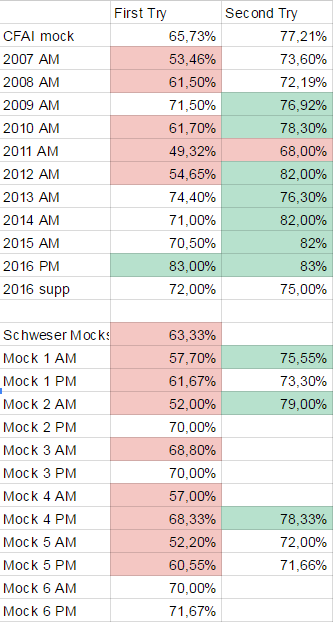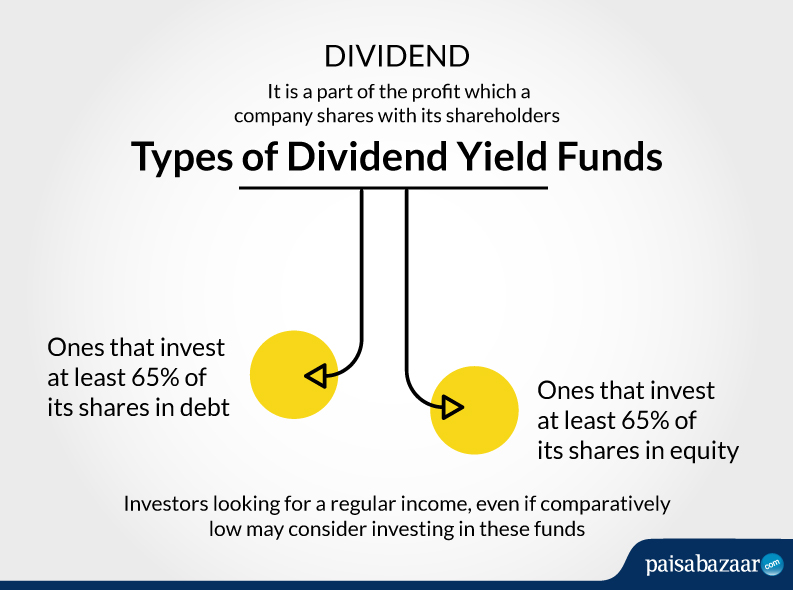Contents:






All such information is provided solely for convenience purposes only and all users thereof should be guided accordingly. Bob also decides to pay himself a salary of $ 500, which will again reduce the capital of the business. Stash101 is not an investment adviser and is distinct from Stash RIA. Nothing here is considered investment advice. By using this website you agree to our Terms of Use and Privacy Policy. Designed for freelancers and small business owners, Debitoor invoicing software makes it quick and easy to issue professional invoices and manage your business finances. Scaling fast and deciding whether to buy or to build your payments and billing solution in-house?
What Does Negative Shareholders’ Equity Mean? – Investopedia
What Does Negative Shareholders’ Equity Mean?.
Posted: Sat, 25 Mar 2017 15:21:50 GMT [source]


Item In The Balance Sheet Of A CompanyA balance sheet is one of the financial statements of a company that presents the shareholders’ equity, liabilities, and assets of the company at a specific point in time. It is based on the accounting equation that states that the sum of the total liabilities and the owner’s capital equals the total assets of the company. Total stockholders’ equity equals the money you have raised from issuing common and preferred stock plus your retained earnings, minus your treasury stock.
Why You Can Trust Finance Strategists
This is a share in the company that is issued as stock or equity. Preferred stockholders are held in a higher esteem than common stockholders when it comes to dividends and the distribution of assets. The statement of shareholder equity is also important in trying times.
Shareholders’ equity determines the returns generated by a business compared to the total amount invested in the company. Total-debt-to-total-assets is a leverage ratio that shows the total amount of debt a company has relative to its assets. This metric is frequently used by analysts and investors to determine a company’s general financial health. Lower stockholders’ equity is sometimes a sign that a firm needs to reduce its liabilities. For most companies, higher stockholders’ equity indicates more stable finances and more flexibility in case of an economic or financial downturn. Stockholders’ equity is the value of a business’s assets that remain after subtracting liabilities.
debit memo assets are assets that can be converted to cash within a year (e.g., cash, accounts receivable, inventory). Long-term assets are assets that cannot be converted to cash or consumed within a year (e.g. investments;property, plant, and equipment; and intangibles, such as patents). Usually, this claim is only relevant if a company gets liquidated. Stockholders’ equity may include various components, including capital, paid-in surplus, and retained earnings.
Where the difference between the shares issued and the shares outstanding is equal to the number of treasury shares. This financial metric is frequently used by analysts to determine a company’s general financial health. These numbers show the firm’s success or performance of the investment.
Step 2. Common Stock and APIC Calculation Example
She keeps her personal finances on a net worth statement and knows that a company’s balance sheet is its version of a net worth statement. Since she wants to know what the company owns and what it owes, she looks at the balance sheet. There are two main ways to utilize the information gained through stockholder’s equity. The first is through personal investing, or any money an individual wishes to invest in a business to purchase stock. The second is financial modelling, which is a tool used by businesses to asses the success of the company. It’s possible for a business to increase its return on equity result by decreasing the total amount of its shareholder equity.
- The cost of these shares is deducted from stockholders’ equity.
- This simple equation does a lot in demonstrating that shareholder’s equity is the residual value of assets minus liabilities.
- Shareholders’ equity represents the net worth of a company, which is the amount that would be returned to shareholders if a company’s total assets were liquidated and all of its debts repaid.
- You can calculate this total and review your liabilities and equity to see how you finance your small business.
- Listing how much the business is worth after expenses are paid is valuable for planning purposes.
For companies that aren’t public, the statement of stockholder equity is often considered the owner’s equity. Simply put, the stockholders’ equity is what the company owns minus what it owes. Maggie now knows that she bought stock of a company that has total stockholders’ equity of $13 million. Stockholder’s Equity is a tool to calculate the worth of a company.
In contrast, early-stage companies with a significant number of promising growth opportunities are far more likely to keep the cash (i.e. for reinvestments). If the retained earnings balance turns negative, then the line item is titled “Accumulated Deficit”. While above common equity in the capital structure, preferred equity is still of lower priority compared to all other debt instruments.
Importance of Shareholders’ Equity
The net result of this simple formula is stockholders’ equity. It is shown as the part of owner’s equity in the liability side of the balance sheet of the company. Stockholders’ equity is a company’s total assets minus its total liabilities. Stockholders’ equity is a financial indicator that reflects the value of the assets and liabilities on a company’s balance sheet. For example, if a company has assets of $15,000 and liabilities of $10,000, its stockholders’ equity would be $5,000.
All of the information needed will be on a company’s stockholder’s equity balance sheet. This sheet lists all a company’s assets and liabilities, totaled at the bottom of each section. In the final section of our modeling exercise, we’ll determine our company’s shareholders equity balance for fiscal year ending 2021 and 2022. Often referred to as paid-in capital, the “Common Stock” line item on the balance sheet consists of all contributions made by the company’s equity shareholders.
Donna has carved out a name for herself in the finance and small business markets, writing hundreds of business articles offering advice, insightful analysis, and groundbreaking coverage. Her areas of focus at business.com include business loans, accounting, and retirement benefits. Business owners can create a physical shareholder statement of equity to go into the balance sheet, using Excel, a template oraccounting softwarethat automates a lot of the work. Often referred to as additional paid-up capital, this is the extra amount investors pay for shares over the par value of the business. This additional capital is created when a company issues new shares, and it can be reduced when the company buys back its own shares. Describe what the value of assets would be if liabilities are $12,000 and owners’ equity is $50,000 by showing the accounting equation.
9: Changes in Stockholders’ Equity
He is a CFA charterholder as well as holding FINRA Series 7, 55 & 63 licenses. He currently researches and teaches economic sociology and the social studies of finance at the Hebrew University in Jerusalem. Now try it for yourself and apply the learnings to the practice question below.
Return On Average Equity (ROAE): Definition and What It Indicates – Investopedia
Return On Average Equity (ROAE): Definition and What It Indicates.
Posted: Mon, 30 Nov 2020 08:00:00 GMT [source]
Every company has an equity position based on the difference between the value of its assets and its liabilities. A company’s share price is often considered to be a representation of a firm’s equity position. When examined along with these other benchmarks, the stockholders’ equity can help you formulate a complete picture of the company and make a wise investment decision. Stockholders’ equity increases when a firm generates or retains earnings, which helps balance debt and absorb surprise losses. Shareholders’ equity on a balance sheet is adjusted for a number of items. For instance, the balance sheet has a section called “Other Comprehensive Income,” which refers to revenues, expenses, gains, and losses, which aren’t included in net income.
So companies don’t report just their stock’s par value, but also the amount that shareholders paid above the par value to purchase the stock. The following calculation example shows how stockholders’ equity can change from the beginning to the end of an accounting period. In an initial public offering, a set amount of stock is sold for a set price.
Company
This information should not be relied upon by the reader as research or investment advice regarding any issuer or security in particular. There is no guarantee that any strategies discussed will be effective. Stockholders Equity represents the company’s financial health. Stockholder’s Equity is a very vital tool for analyzing the Company.


You can learn more about the standards we follow in producing accurate, unbiased content in oureditorial policy. Full BioSuzanne is a content marketer, writer, and fact-checker. She holds a Bachelor of Science in Finance degree from Bridgewater State University and helps develop content strategies for financial brands. Andrew Bloomenthal has 20+ years of editorial experience as a financial journalist and as a financial services marketing writer. The offers that appear in this table are from partnerships from which Investopedia receives compensation. Investopedia does not include all offers available in the marketplace.


These represent the https://1investing.in/ company’s profits that are not paid out as dividends to the shareholders and instead allocated back into the business. Retained earnings could be used to fund working capital requirements, debt servicing, fixed asset purchases, etc. Total liabilities and stockholders’ equity equals the sum of the totals from the liabilities and equity sections. Businesses report this total below the stockholders’ equity section on the balance sheet.
- He is the sole author of all the materials on AccountingCoach.com.
- Stash through the “Diversification Analysis” feature does not rebalance portfolios or otherwise manage the Personal Portfolio Account for clients on a discretionary basis.
- When companies issue shares of equity, the value recorded on the books is the par value (i.e. the face value) of the total outstanding shares (i.e. that have not been repurchased).
- Capital stock is the number of common and preferred shares that a company is authorized to issue, and is recorded in shareholders’ equity.
- Corporation has repurchased from its shareholders and now holds.
- While above common equity in the capital structure, preferred equity is still of lower priority compared to all other debt instruments.
This method of calculating stockholders’ equity is different, but it yields the same result as calculating it by subtracting liabilities from assets. Shareholder’s equity includes anything a company owns or owes. Liabilities include things like property and equipment costs, and treasury stock.
Total liabilities consist of current liabilities and long-term liabilities. Current liabilities are debts that are due for repayment within one year, such as accounts payable and taxes payable. Long-term liabilities are obligations that are due for repayment in periods beyond one year, including bonds payable, leases, and pension obligations. If positive, the company has enough assets to cover its liabilities.



















